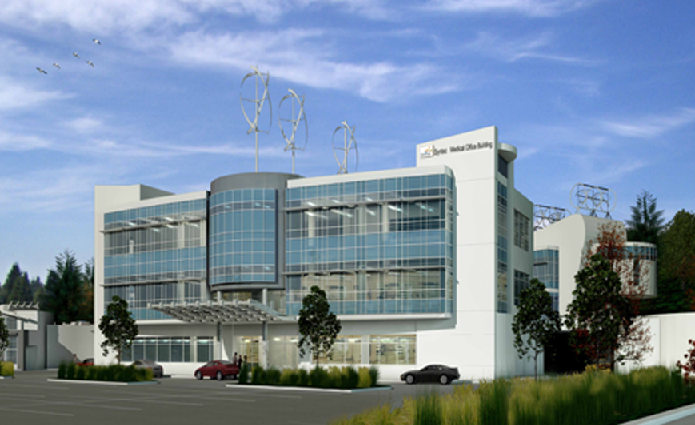“Building and Technology”
The building industry is on the verge of entering the 21st century. Substantial improvements in technology, process and materials are leading a wave of innovation. For numerous reasons building has historically lagged behind other industries ( i.e. manufacturing, aviation, electronics, technology, transportation). Perhaps the most powerful being that every project (regardless of scale or complexity) assembles a unique project team, implements unique process procedures and ultimately constructs a unique end product on a unique site under unique meteorological conditions.
Market conditions are creating pressures that are demanding that the building industry evolve. Regulatory requirements, energy markets, industry cultural changes resulting from natural staff turnover and customer demands are clearly communicating that “business as usual” will not be supported. Increasingly the Industry is being required to provide a “higher quality building process and product with improved and demonstrable performance metrics “All for a Lower Cost”.
The ability to meet the increasing market demands will require the creation and adoption of new collaborative tools and processes. The ability to accumulate and access the necessary data, design and implement analysis to accomplish these goals requires that a collaborative environment (we will call BuildUSA) be developed and adopted on a industry wide basis. BuildUSA (BUSA) must be a branded collaborative solution that will provide consistency, efficiency, quality and trust across all projects. BUSA will develop into the source of Business Intelligence necessary to positively impact on all aspects of building including but not limited to; energy efficiency, commodity consumption, time and scheduling, construction budget and cost, finance fees, building performance, comfort and health.
As of July 2016, seasonally adjusted construction spending in the United States hovers around 1,153,175 trillion per year (source: US Census), and in excess of 8.5 trillion world wide (source: Boston Commons High Tech Network). Equally important to the discussion is that building projects drive spending in all sectors of the economy, not just buildings. All the space created has to be filled with furnishings, technology and people. Ironically, even well run and financially lucrative projects are often sources of great frustration for many if not all of the participants. On the many projects that are not well run, the frustration level increases in lockstep with the cost.
The industry understands there are challenges that must be solved. The millions of daily transactions are often merely sources of millions of daily headaches. But over the years the industry has proven remarkably resistant to systemic change in the building process. There are many reasons, but three stand out:
- Dispute litigation is a painful historic corollary to the building process. Successful companies have developed specific protocols that generally enable them to avoid or win most law suits, but these protocols are frequently counterproductive by their nature.
- Many companies in the industry have come to rely on inefficient data flow and communication in order to “game” the system to their own business advantage. They have no real incentive to change.
- No single tool has emerged to unite the industry under a consistent format. These words were originally written in the late 1990’s and although there has been substantial progress they are stil true today.
A well designed collaborative platform tool that can solve most of these problems is yet to hit the market. Issues of pricing and business model have impaired the success or growth of all of the entries to date. The industry wants and needs a branded process that is easily understood and portable from project to project. “It must provide a level playing field for all project participants”, transparency, affordability (in some cases free access), a short training/learning curve, and benefits that are obvious and measurable for each project player.
